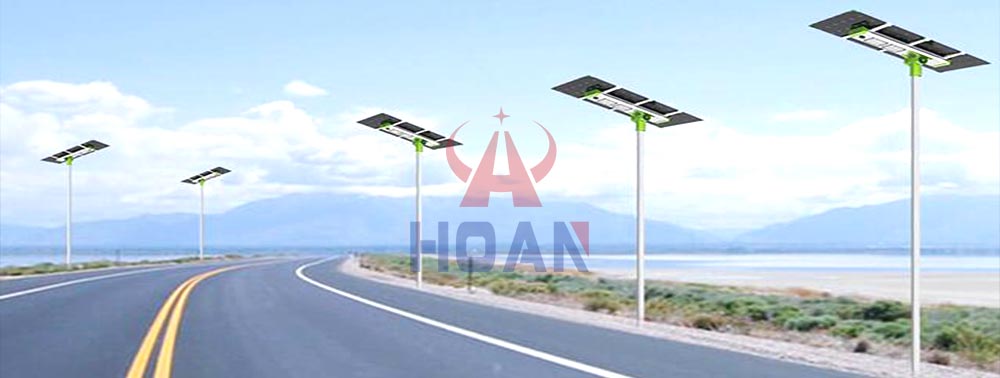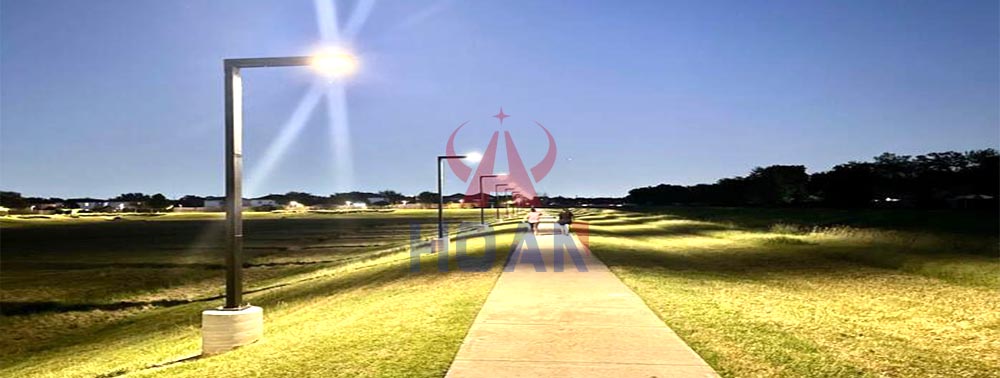1. Low photoelectric conversion efficiency: Although
Solar Street Lights use sunlight to convert into electrical energy, their photoelectric conversion efficiency is not high. This means that under the same lighting conditions,
Solar Street Lights generate relatively less electricity and may not be able to meet long-term or high-intensity lighting needs.
2. Higher cost: The initial investment cost of
Solar Street Lights is usually higher than that of traditional street lights. This is mainly because
Solar Street Lights requires multiple components such as solar panels, batteries, controllers, LED lamps, etc., and the quality and performance requirements of these components are high, resulting in an increase in the overall cost.

3. Stability issues: The working stability of
Solar Street Lights is affected by many factors, such as weather conditions, geographical location, etc. On rainy days or in areas with insufficient light,
Solar Street Lights may not work properly or have poor lighting effects. In addition, the life and performance of the battery will also affect the stability of solar street lights.

4. Energy storage and power supply issues: The energy storage and power supply system of
Solar Street Lights is its core part, but there are also some challenges. For example, batteries have a limited capacity and need to be replaced or maintained regularly. At the same time, if the power supply system of
Solar Street Lights is unreasonably designed or defective, it may result in wasted energy or poor lighting effects.
5. Reliability issues: Since
Solar Street Lights is an electronic device, its reliability is affected by many factors, such as ambient temperature, humidity, vibration, etc. Under harsh environmental conditions,
Solar Street Lights may malfunction or be damaged, affecting normal use.

It should be noted that although
Solar Street Lights have some shortcomings, with the continuous development and advancement of technology, these problems are gradually being solved. For example, the performance and reliability of
Solar Street Lights can be further improved by optimizing photoelectric conversion efficiency, improving the performance of energy storage and power supply systems, and strengthening reliability design.


